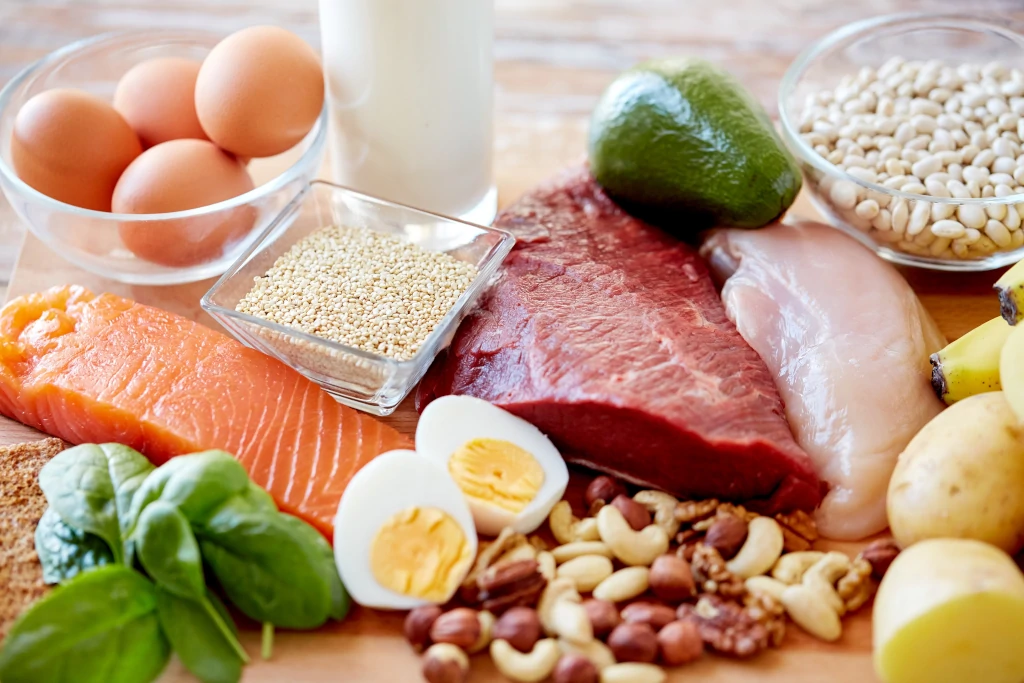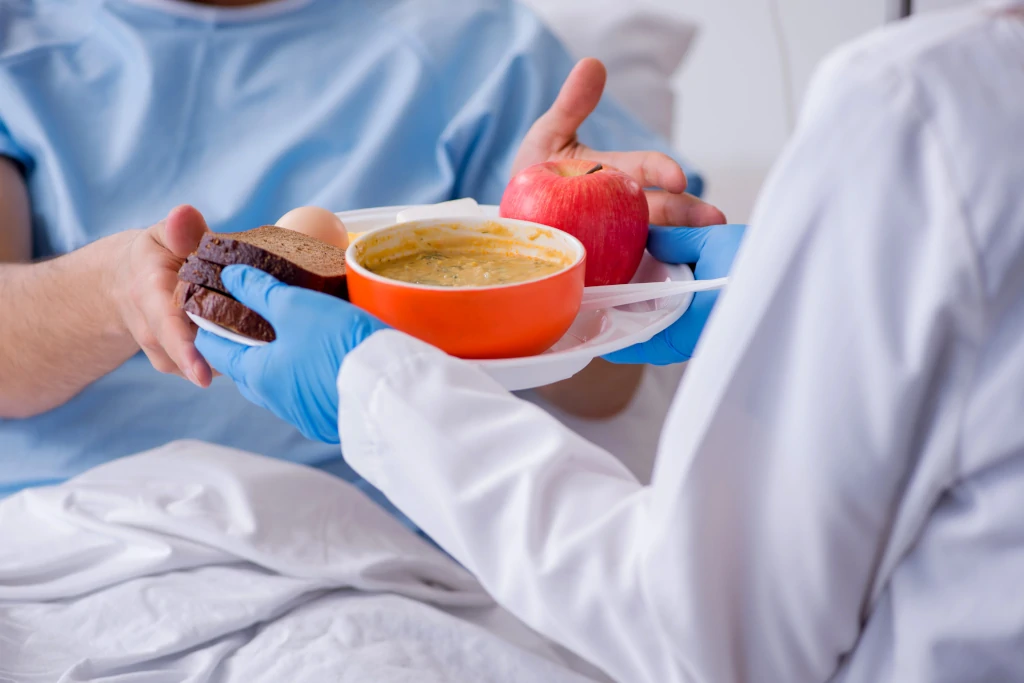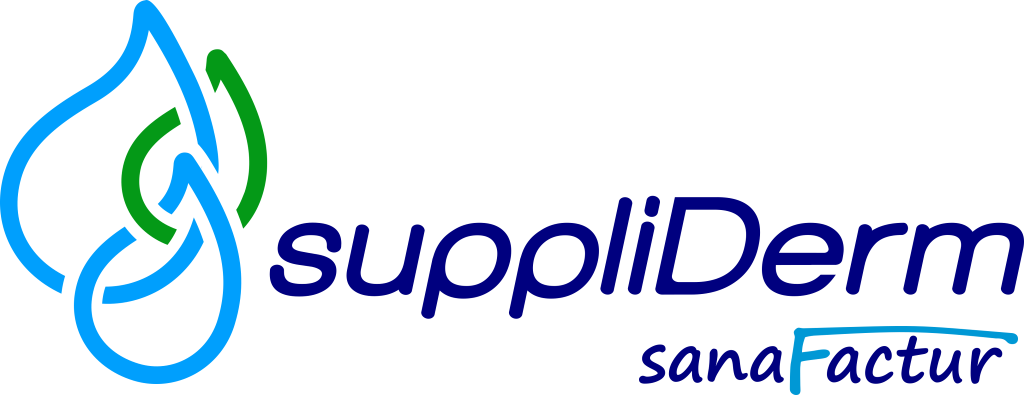
Patients with wounds have an increased protein requirement. The body needs proteins as a substrate supplier for collagen synthesis, for the immune system, for enzyme activity, and other important metabolic processes during wound healing [1,2]. In addition, the body loses a considerable amount of protein via the wound exudate [3,4]. One liter of wound exudate contains up to 30 g protein in the form of albumins [3], and exuding wounds can even do this lead to a protein loss of 100 g per day [5].
The professional associations recommend a protein intake of 1.25 to 1.5 grams protein / kg body weight in adults if there is a pressure ulcer and if there is an increased risk of developing a pressure ulcer [6,7].

An increased protein requirement is therefore generally present during wound healing.
There is a greatly increased protein requirement , e.g. when the patient has
- very large and deep wounds (wound area> 100 cm2)
- Wounds that exude heavily (wound area> 25 cm2; and heavy exudation that require a daily dressing change)
- Grade IV decubitus according to EPUAP
Any protein deficit must be compensated for optimal wound healing. If this cannot be achieved in the form of dietary adjustments, the patient should be offered protein-rich supplements. Particular caution is required in patients with impaired renal function. These require a special diet. Excessive protein intake is contraindicated in these patients.
For your convenience, you can use our online calculator for the protein and energy requirements to get a better understand of your patient's requirements.
References
- European Pressure Ulcer Advisory Panel, National Pressure Injury Advisory Panel, Pan Pacific Pressure Injury Alliance. Prevention and Treatment of Pressure Ulcers: Quick Reference Guide 2019.
- Weimann A, Breitenstein S, Breuer J, et al. S3-Leitlinie der Deutschen Gesellschaft für Ernährungsmedizin (DGEM) in Zusammenarbeit mit der GESKES, der AKE, der DGCH, der DGAI und der DGAV: Klinische Ernährung in der Chirurgie. Aktuel Ernahrungsmed. 2013;38(06):e155-e197. doi:10.1055/s-0033-1359887
- Heseker H, Stehle P. Ernährung älterer Menschen in stationären Einrichtungen. 2008:157–204. Ernährungsbericht 2008.
- Dissemond J, Kröger K, Initiative Chronische Wunden (ICW) e.V., eds. Chronische Wunden: Diagnostik - Therapie - Versorgung. 1.th ed; 2020
- Harris CL, Fraser C. Malnutrition in the institutionalized elderly: the effects on wound healing. Ostomy Wound Manage. 2004;50(10):54–63
- Russell L. The importance of patients' nutritional status in wound healing. Br J Nurs. 2001;10(6 Suppl):S42, S44-9. doi:10.12968/bjon.2001.10.Sup1.5336


